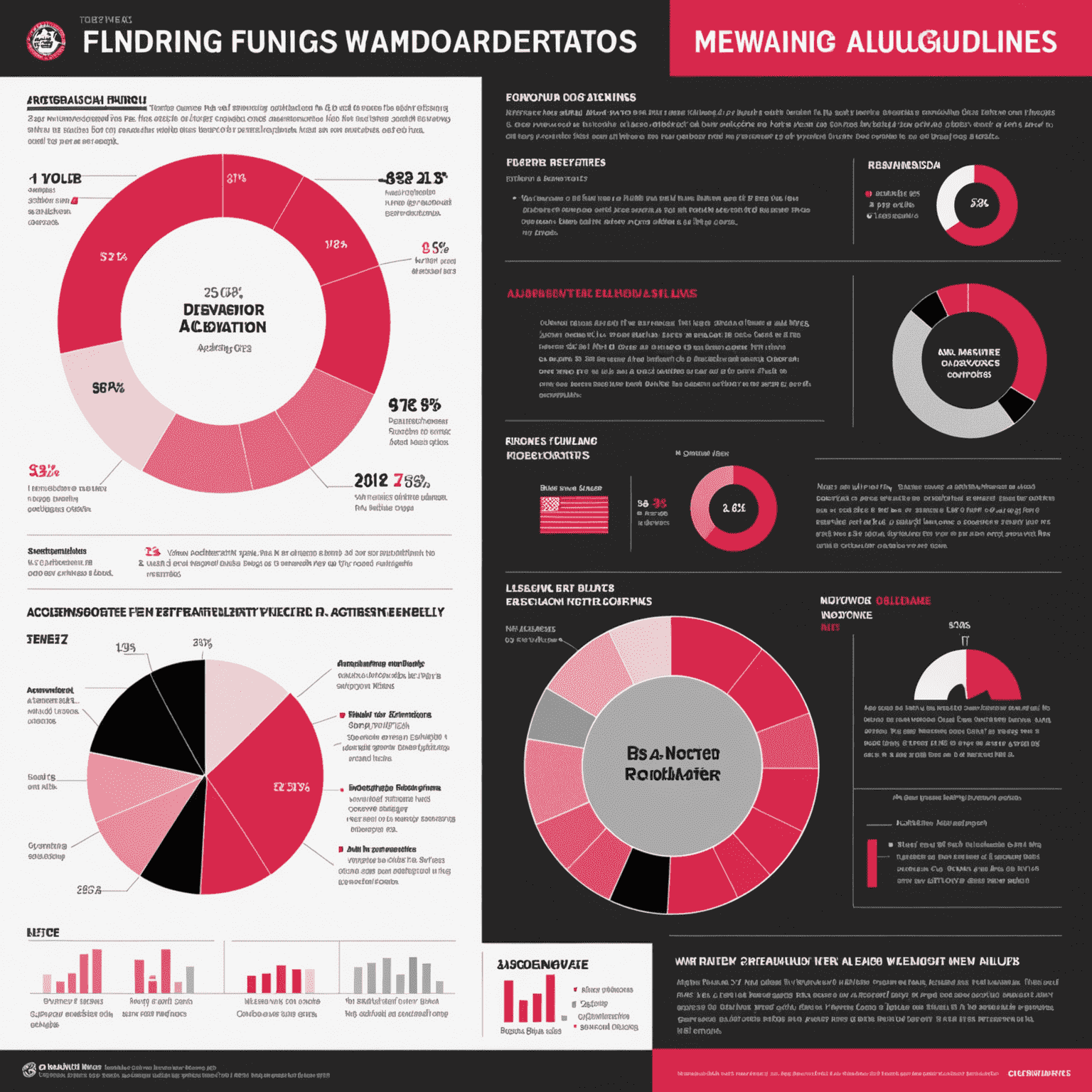Regulatory Updates in Aerodrome Financing
New Funding Allocation Guidelines
The International Civil Aviation Organization (ICAO) has introduced new guidelines for aerodrome funding allocation, potentially reshaping the landscape of aerodrome finance.

These guidelines aim to streamline the process of distributing funds to aerodromes globally, ensuring a more equitable and efficient allocation system. Key points include:
- Prioritization of safety-enhancing projects
- Emphasis on sustainable development and environmental considerations
- Increased transparency in the allocation process
Aerodrome operators and financial institutions involved in aerodrome finance will need to adapt their strategies to align with these new guidelines.
Environmental Compliance and Financing
Recent regulatory changes have placed a greater emphasis on environmental compliance in aerodrome operations, directly impacting financing options and requirements.

New regulations require aerodromes to:
- Implement more stringent emissions control measures
- Invest in renewable energy sources for aerodrome operations
- Develop comprehensive waste management systems
These requirements are likely to increase the initial capital needed for aerodrome development and upgrades. However, they may also open up new financing opportunities through green bonds and sustainability-linked loans.
Public-Private Partnership (PPP) Framework Updates
Governments worldwide are revising their PPP frameworks to encourage more private investment in aerodrome infrastructure.

Key changes in PPP regulations include:
- Longer concession periods to allow for better return on investment
- More flexible risk-sharing arrangements between public and private entities
- Streamlined approval processes for PPP projects in the aerodrome sector
These updates are expected to attract more private capital to aerodrome finance, potentially accelerating infrastructure development and modernization efforts.
Cybersecurity Regulations and Financial Implications
New cybersecurity regulations for aerodromes are being implemented, necessitating significant investments in digital infrastructure and security systems.

The regulations mandate:
- Regular cybersecurity audits and vulnerability assessments
- Implementation of advanced threat detection and prevention systems
- Ongoing staff training and awareness programs
While these measures will increase operational costs, they are crucial for protecting aerodrome assets and maintaining stakeholder confidence. Financial institutions are likely to consider cybersecurity readiness as a key factor in their lending decisions for aerodrome projects.
Conclusion
As the regulatory landscape continues to evolve, stakeholders in aerodrome finance must stay informed and adaptable. These changes present both challenges and opportunities, reshaping the way aerodromes are financed, developed, and operated. By proactively addressing these regulatory updates, aerodrome operators and investors can ensure long-term sustainability and success in this dynamic sector.



